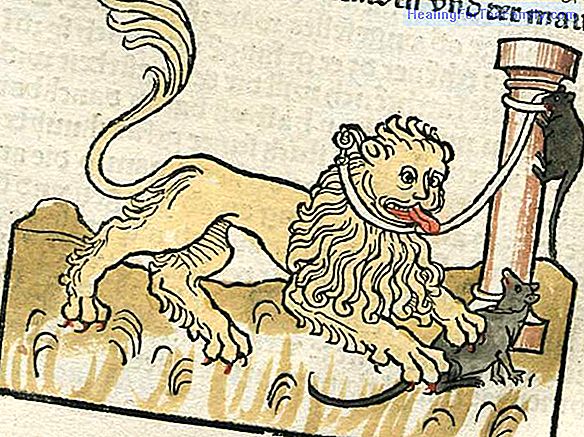The truth of the elephant. Hindu legend for children
There are legends with the ability to open our minds and make us think. It is therefore a fantastic way to awaken critical thinking in children. This original legend of India, 'The truth of the elephant', planet a question that many philosophers have tried to answer in different ways throughout hist
There are legends with the ability to open our minds and make us think. It is therefore a fantastic way to awaken critical thinking in children.
This original legend of India, 'The truth of the elephant', planet a question that many philosophers have tried to answer in different ways throughout history: What is the truth? You will find the answer in this legendary story.
The truth of the elephant, a Hindu legend for children

Long ago, in a region of India called Bophal, the great Raja Amannipanruled. He was very wise and respected by everyone. He had accomplished great things for his subjects. They all had land and did not go hungry. Order and justice guided everyone's daily life.
Amannipan also spent much of his time studying and educating Ramani, who had inherited great qualities from his father : he was curious and insightful, he doubted everything around him and he always wanted to know more and more. His father loved teaching him things and answering all his questions.One summer day, while father and son were walking through the palace gardens, Ramani asked:
'what is the truth?' Ammanipan remained silent for a long time without answering. He told his son to wait a few days, after which he would solve the question.So, a few days passed and Ramani's father took him to an area near the palace.
There was a huge elephant and 4 people who, he observed, were blind . They had never been able to see an elephant and had not even been close to one. The rajah invited the blind 4 to approach the elephant one by one to touch him for the first time in their lives.The first was a young man of small stature who, feeling with his bamboo stick, came to stand under the belly of the elephant and touched one of the legs of the animal, which was standing. After a few minutes he was satisfied and gave way to the next, a tall and thin young man who could feel the back, the spine and the huge head of the elephant.
After him, an old man with long hair approached, who approached the back of the elephant and could touch it as well as the long tail finished in a hairbrush. The old man was convinced that he already knew everything he needed and, after bowing, he moved away from the animal.
Finally, a beautiful woman came cautiously to the head of the elephant and felt carefully the trunk and the dangerous fangs. After a few minutes, he left with a confident smile.
Ramani
did not understand how that could help solve his doubt about the truth. Then, Ammanipan asked each of them to explain what an elephant was like. The little blind man said that the elephant was like a thick, solid column covered with skin and finished with hard nails. The tall one replied saying that the elephant was a very large and long animal, full of hair and impossible to cover although at the end it had a big head. Faced with these claims, the old man mocked arguing that the elephant was a vast and spherical being, composed of 2 halves and with a thin nose finished in hairs that, surely, helped him to sniff. The woman ended up saying that the 3 were wrong because the elephant was a snake-like animal, long, thin, with 2 holes like a nose and big horns that undoubtedly helped him to hunt prey.
So the 4 blind men were talking and arguing until the night came
without them having agreed on the true nature of the elephant . Ramani, somewhat exasperated, told his father that the only thing he had been able to make clear was thatnone of the blind really knew what an elephant was , that none had come to know the truth.However, his father replied: 'You are right,
nobody knows the truth and, nevertheless, the 4 know it because the elephant does not have legs like columns, an immeasurable body, a long hairy tail and a trunk and fangs? Which of the blind has given the truth? none and all, and that is why they will continue and will continue to discuss until the stars envelop us. '












